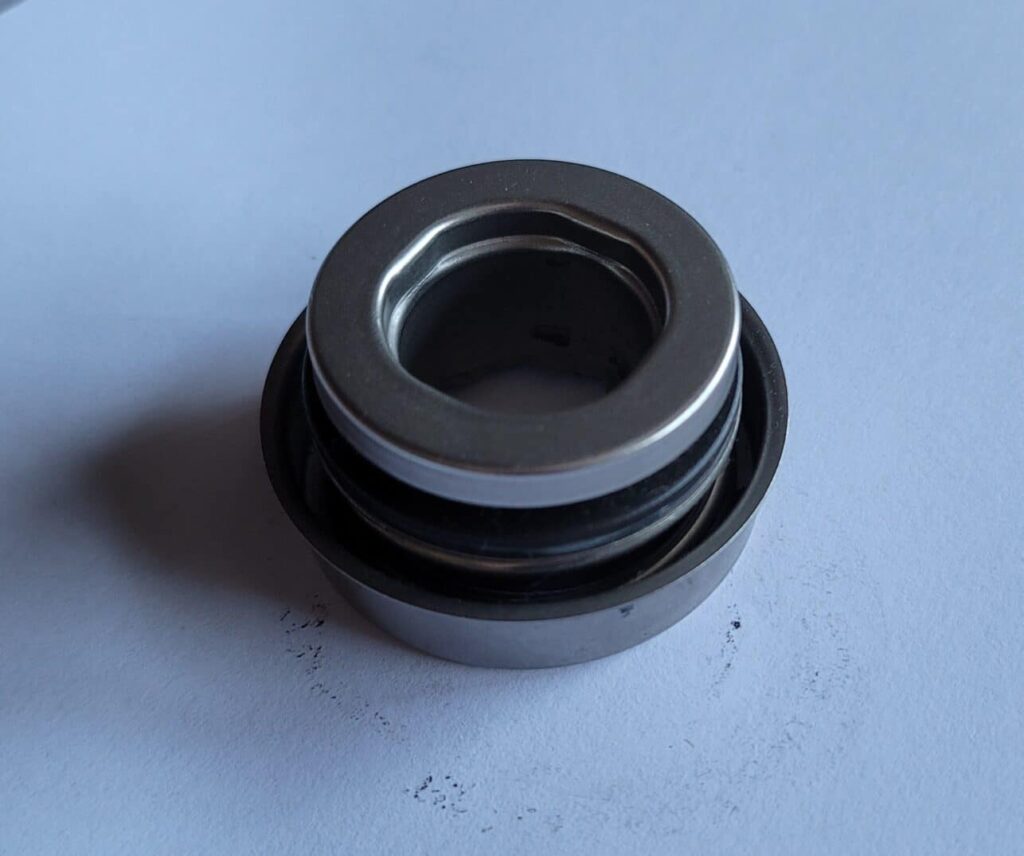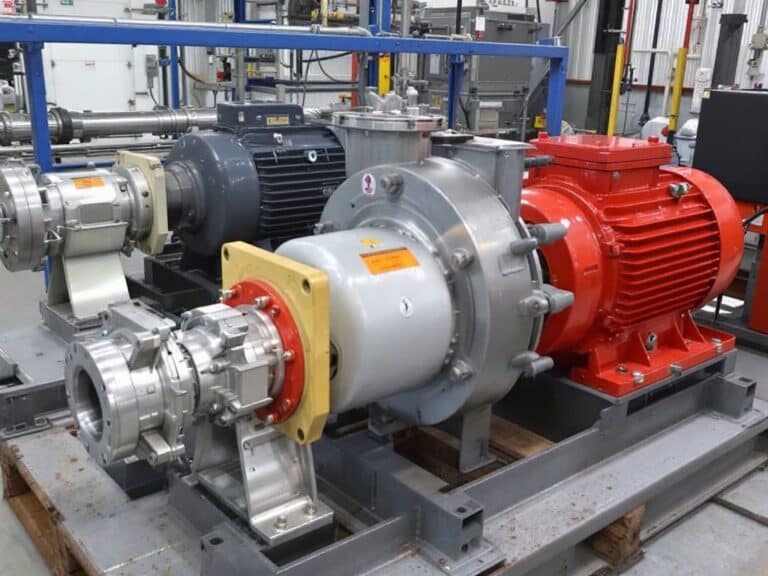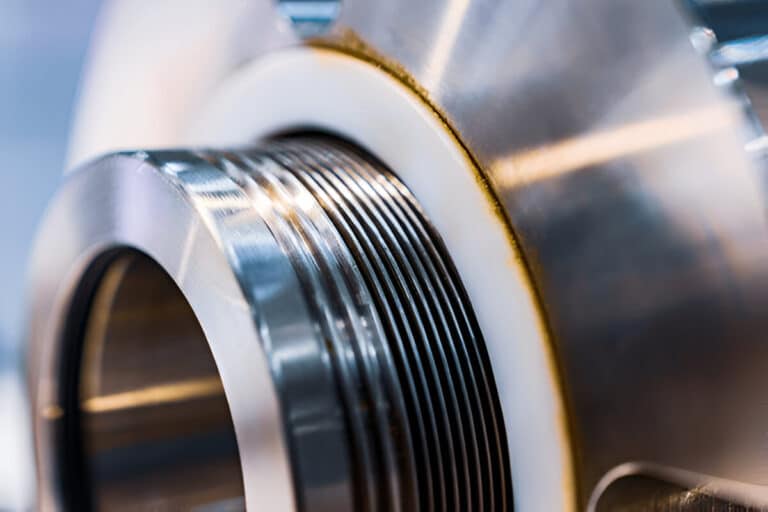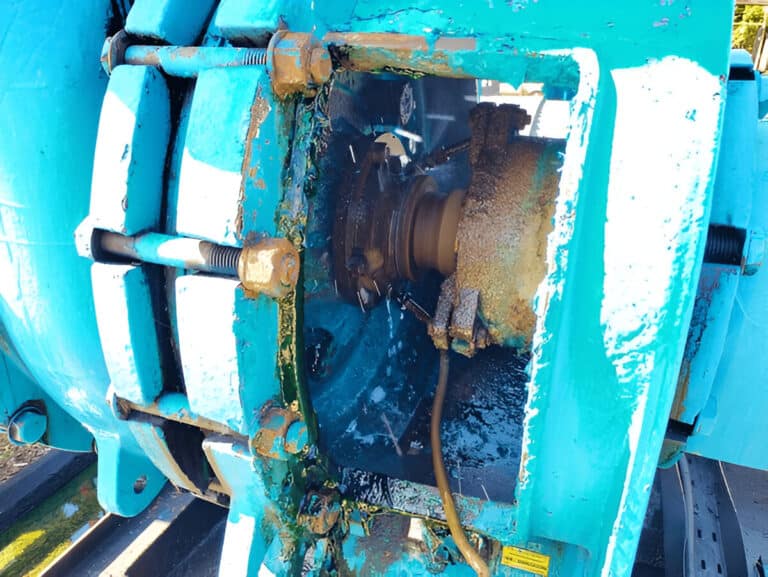Is your water pump seal failing, leading to coolant leaks and engine overheating? A bad water pump seal can cause serious issues for your machinery.
Left unchecked, a faulty water pump seal will result in coolant loss, engine damage, cooling system failure, and even coolant contaminating your oil.
Learn to recognize the symptoms of a bad water pump seal, including visible leaks, unusual noises, corrosion, steam, and warning lights. Catching seal failure early can save your machinery from catastrophic damage.

Symptoms of a Bad Water Pump Seal
Coolant Leaks
One of the most common indicators of a bad water pump seal is a coolant leak. If you notice a puddle of coolant beneath your vehicle, particularly near the front center, it may point to a compromised water pump seal. The leak will typically worsen over time as the seal deteriorates further.
Engine Overheating
A faulty water pump seal can lead to coolant loss, which in turn may cause the engine to overheat. If your engine temperature gauge consistently reads higher than normal or the temperature warning light illuminates, it could signal that the water pump seal has failed, preventing proper coolant circulation.
Unusual Noises
In some cases, a bad water pump seal may produce unusual noises emanating from the front of the engine. These sounds can range from a low-pitched whining to a grinding noise, often caused by a loose or worn impeller shaft.
Visible Corrosion
Upon visual inspection, you may notice corrosion or rust around the water pump housing. This can occur when coolant leaks past the seal and reacts with the metal components.
Steam from Under the Hood
If your vehicle’s water pump seal has deteriorated significantly, you might observe steam billowing from under the hood. This happens when coolant leaks onto hot engine parts, causing the liquid to evaporate rapidly.
Low Coolant Warning Light
Many modern vehicles are equipped with a low coolant warning light on the dashboard. If this light comes on and you’ve ruled out other potential causes, such as a radiator leak, it may point to a bad water pump seal.
Consequences of a Bad Water Pump Seal
Coolant Loss
The primary consequence of a bad water pump seal is coolant loss. As the seal deteriorates, it allows coolant to escape from the cooling system. This leakage typically starts small but will increase over time as the seal further degrades. Coolant loss leads to a drop in coolant levels, reducing the cooling system’s ability to regulate engine temperatures effectively. If coolant levels fall too low, it can result in overheating and severe engine damage.
Coolant leaks from a bad water pump seal often appear as puddles or drips underneath the vehicle, particularly near the front and center of the engine bay where the water pump is located. The coolant may also be visible on the water pump itself, leaving coolant residue or stains. A sweet smell from leaking coolant may also be noticeable when the engine is running.
Engine Damage
A bad water pump seal can ultimately lead to engine damage if the issue is not promptly resolved. As the seal fails and coolant leaks, the cooling system becomes less effective at dissipating heat from the engine. This can cause the engine to run at higher than normal temperatures, leading to overheating.
Overheating can cause a range of engine problems, including:
- Warped or cracked cylinder heads
- Blown head gaskets
- Damaged pistons and piston rings
- Distorted or cracked engine block
Cooling System Failure
A deteriorating water pump seal can cause broader issues within the cooling system. As the seal leaks, it introduces air into the system. Air pockets disrupt the proper circulation of coolant, creating hot spots where heat is not effectively dissipated.
Over time, the constant leakage and air intrusion can put strain on other cooling system components such as the radiator, hoses, and thermostat. Leaking coolant can lead to corrosion and debris buildup, clogging narrow passages and reducing cooling efficiency. A failing water pump seal that is not addressed promptly can thus escalate into a cascade of cooling system problems that are more difficult and expensive to resolve.
Coolant in Oil
One potentially severe consequence of a bad water pump seal is coolant mixing with the engine oil. Some water pump designs place the seal close to the oil passages, and a severely deteriorated seal may allow coolant to leak into the oil.
Coolant contamination seriously compromises the oil’s lubricating properties. It causes a sludge to form that does not properly coat and protect engine components from friction and wear. Continuing to operate an engine with coolant in the oil can lead to accelerated wear of bearings, journals, piston rings, and cylinder walls. Often, this type of damage requires a complete engine rebuild to correct.
Coolant mixing with oil can be identified by inspecting the oil on the dipstick. Contaminated oil will often have a milky, frothy appearance, especially when the engine is first started. An oil change that reveals a frothy or milky substance in the oil further indicates coolant leakage into the oil.




